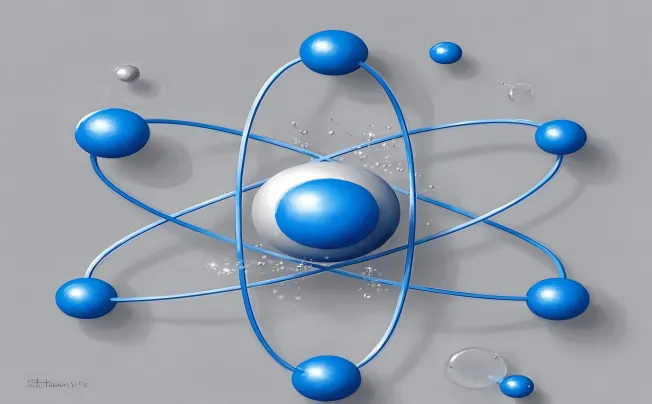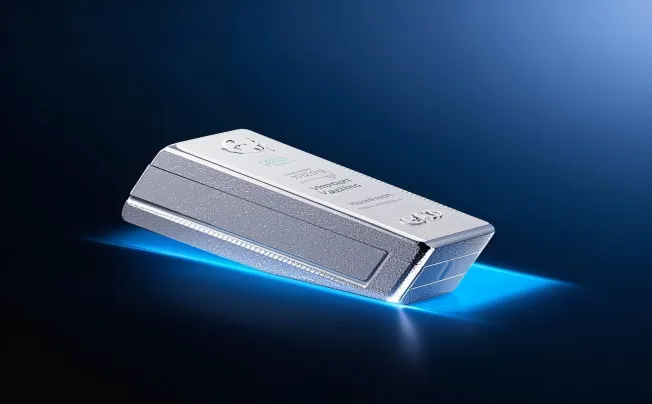Liquid Silicone Rubber (LSR) is a highly versatile elastomer that has revolutionized the way products are designed and manufactured in various industries. LSR is a synthetic material derived from silicone rubber, known for its exceptional flexibility, durability, and heat resistance.
Overview of the Manufacturing Process
Raw Materials Required for LSR Production
Liquid Silicone Rubber (LSR) production requires a precise combination of raw materials to create the versatile and durable material widely used across industries. The primary components include silicone polymers, cross-linking agents, fillers, pigments, and catalysts. Silicone polymers serve as the base material, providing flexibility and heat resistance to the final product.
Cross-linking agents, such as platinum catalysts, are essential for initiating the curing process that transforms liquid silicone into a solid rubber. Fillers like silica are added to enhance properties such as hardness or tear strength, while pigments offer a range of colors for aesthetic customization.
Mixing and Preparation of Silicone Polymers and Catalysts
The manufacturing process of Liquid Silicone Rubber begins with the precise mixing and preparation of silicone polymers and catalysts in a controlled environment. The silicone polymer base is combined with cross-linking agents like platinum-based catalysts in specific ratios determined by the desired properties of the final product.
This mixture undergoes thorough blending to ensure a uniform distribution of components throughout the compound. The catalyzed silicone polymer mixture is then degassed to remove any trapped air bubbles that could affect the quality of the final LSR products.
Injection Molding or Extrusion Process for Shaping LSR Products
Once the silicone polymer mixture is prepared and free from impurities, it is ready for shaping through either injection molding or extrusion processes. Injection molding involves injecting molten liquid silicone rubber into a mold cavity under high pressure to attain intricate shapes with precision detailing. On the other hand, extrusion utilizes a continuous process where heated LSR material is forced through a die to create long profiles or tubes with consistent cross-sectional shapes.
Both methods require careful monitoring of temperature and pressure conditions to ensure optimal curing and solidification of liquid silicone rubber into its final form. This section delves into the intricate details involved in creating Liquid Silicone Rubber products by outlining the raw materials needed, mixing processes for preparing silicone compounds, as well as shaping techniques like injection molding and extrusion that play pivotal roles in manufacturing high-quality LSR components.
Quality Control and Standards in LSR Production
The Importance of ISO Certifications
In the world of liquid silicone rubber (LSR) production, adhering to stringent quality control measures is paramount to ensure the reliability and consistency of the final products. This is where International Organization for Standardization (ISO) certifications play a crucial role. Companies engaged in LSR manufacturing often seek ISO 9001 certification, which signifies that their quality management systems meet international standards.
Additionally, ISO 13485 certification is highly sought after by manufacturers catering to the medical industry, indicating compliance with strict quality requirements for medical devices. Achieving ISO certifications requires companies to establish robust processes for monitoring and improving product quality throughout the production cycle.
From raw material sourcing to final product inspection, every step must adhere to the specified standards outlined by ISO. These certifications not only enhance the credibility of LSR manufacturers but also instill confidence in customers regarding the reliability and safety of their products.
Elevating Quality Through Testing Methods
Testing methods form a critical aspect of quality control in LSR production, enabling manufacturers to identify any deviations or defects early in the manufacturing process. Various testing procedures are employed to ensure that LSR products meet predefined specifications and performance criteria.
For instance, mechanical tests such as tensile strength measurement and elongation at break help assess the material's durability and flexibility. Moreover, manufacturers often conduct thermal analysis tests like differential scanning calorimetry (DSC) or thermogravimetric analysis (TGA) to evaluate how LSR behaves under different temperature conditions.
These tests provide valuable insights into the thermal stability and performance characteristics of liquid silicone rubber formulations. By utilizing advanced testing methodologies, manufacturers can fine-tune their production processes and optimize product quality while meeting industry standards.
Continuous Improvement for Product Consistency
Ensuring consistency in liquid silicone rubber products is a continuous journey that requires a proactive approach toward quality control. Manufacturers regularly monitor key performance indicators (KPIs) related to product dimensions, material properties, and defect rates to maintain a high level of consistency across their product range. Statistical process control (SPC) techniques are often employed to analyze production data and detect any trends or variations that may impact product uniformity.
By implementing robust quality management systems supported by effective testing methods, LSR manufacturers can drive continuous improvement initiatives within their facilities. Through regular audits, feedback mechanisms, and corrective actions based on data-driven insights from testing processes, companies can enhance product consistency while staying compliant with industry standards.
Environmental Impact and Sustainability Efforts in LSR Production
Recycling Initiatives for Silicone Waste Materials
In the realm of liquid silicone rubber (LSR) production, the responsible management of waste materials is of paramount importance. Given the non-biodegradable nature of silicone, recycling initiatives play a crucial role in mitigating environmental impact.
Several manufacturers have implemented innovative recycling programs to repurpose silicone waste materials generated during production processes. Through advanced technologies such as mechanical recycling, chemical depolymerization, and reprocessing techniques, these initiatives aim to minimize the amount of LSR ending up in landfills while fostering a more sustainable approach to material usage.
One notable method gaining traction within the industry is the reclamation of post-industrial silicone scraps and flashings. These discarded materials are collected, cleaned, and processed to be incorporated back into LSR manufacturing cycles.
By reintegrating recycled silicone components into new product formulations, manufacturers can not only reduce their reliance on virgin raw materials but also decrease overall production costs. Furthermore, such recycling efforts contribute to energy conservation and lower greenhouse gas emissions associated with traditional manufacturing practices.
The circular economy concept serves as a guiding principle for many LSR producers seeking to close the loop on material consumption and waste generation. By establishing closed-loop systems that encourage the continual reuse and regeneration of silicone resources, companies are aligning themselves with sustainable development goals while promoting environmental stewardship within the industry.
Efforts to Reduce Carbon Footprint through Sustainable Practices
In tandem with recycling initiatives, efforts to curb carbon footprint through sustainable practices constitute another critical aspect of environmentally conscious LSR production. Recognizing the adverse effects of greenhouse gas emissions on climate change, manufacturers are increasingly adopting eco-friendly measures across their operations. From energy-efficient manufacturing processes to renewable energy sourcing and emission reduction strategies – various tactics are being employed to minimize environmental impact throughout the supply chain.
One key strategy involves optimizing production efficiency by implementing state-of-the-art equipment that reduces energy consumption and waste generation. By streamlining operations and enhancing resource utilization, companies can not only improve productivity but also lessen their carbon footprint over time.
Additionally, transitioning towards renewable energy sources such as solar or wind power further contributes to lowering greenhouse gas emissions associated with conventional electricity usage. Moreover, sustainable practices extend beyond manufacturing facilities into product design considerations as well.
Innovations in eco-friendly packaging solutions that utilize recyclable or biodegradable materials help reduce overall environmental impact within the entire product lifecycle. By embracing sustainability as a core value proposition, LSR manufacturers are taking proactive steps toward building a more resilient and environmentally responsible industry for future generations.








